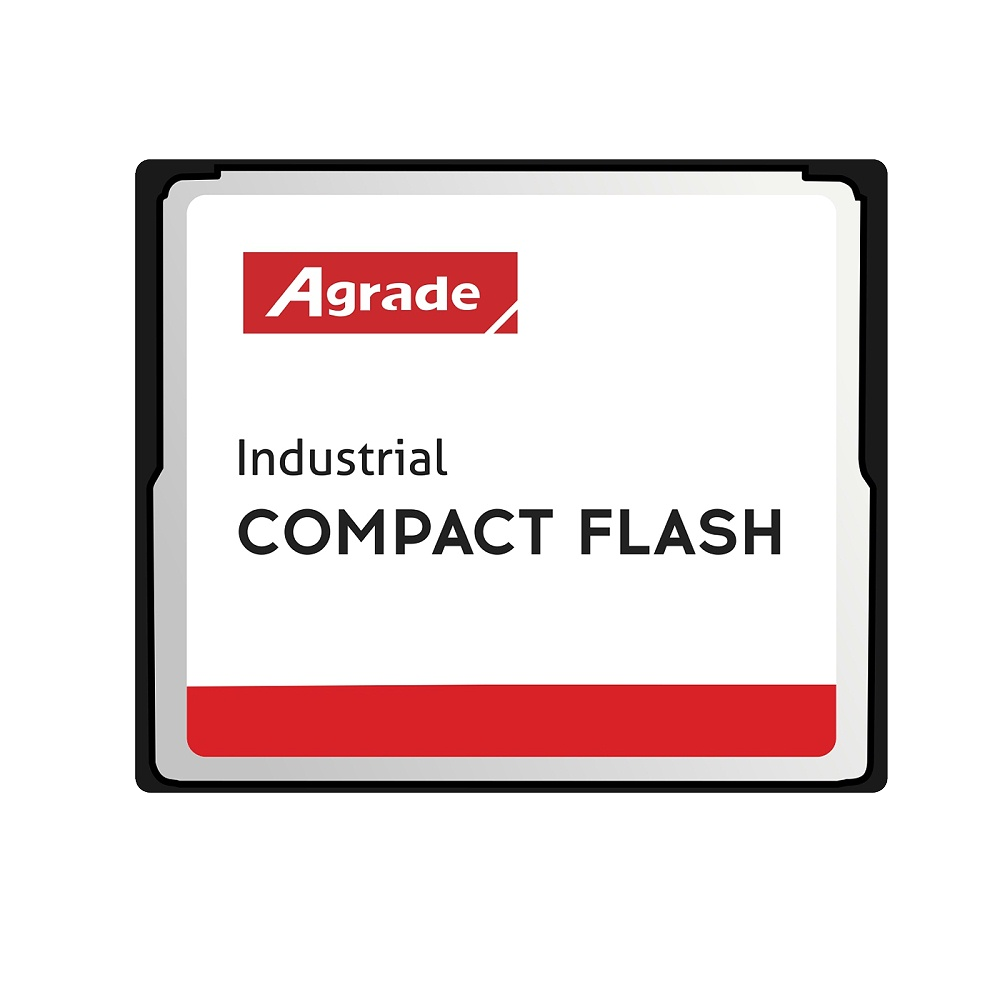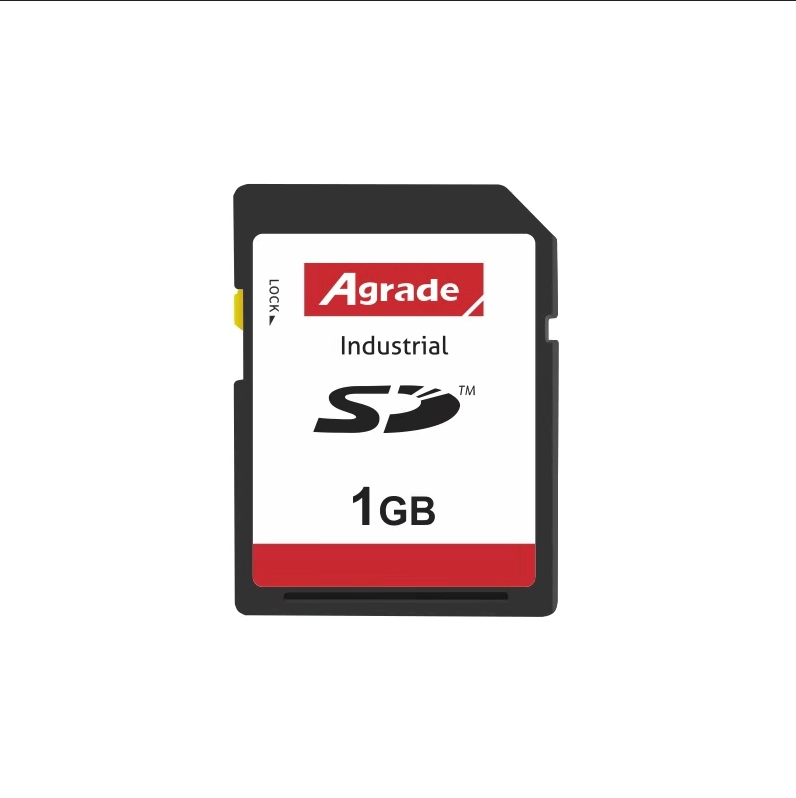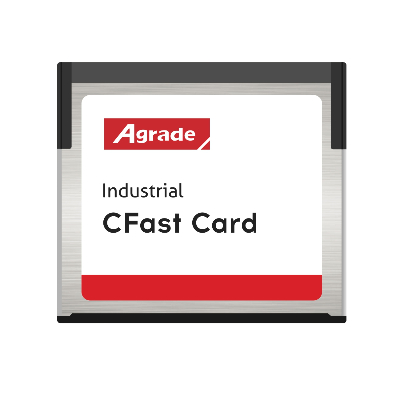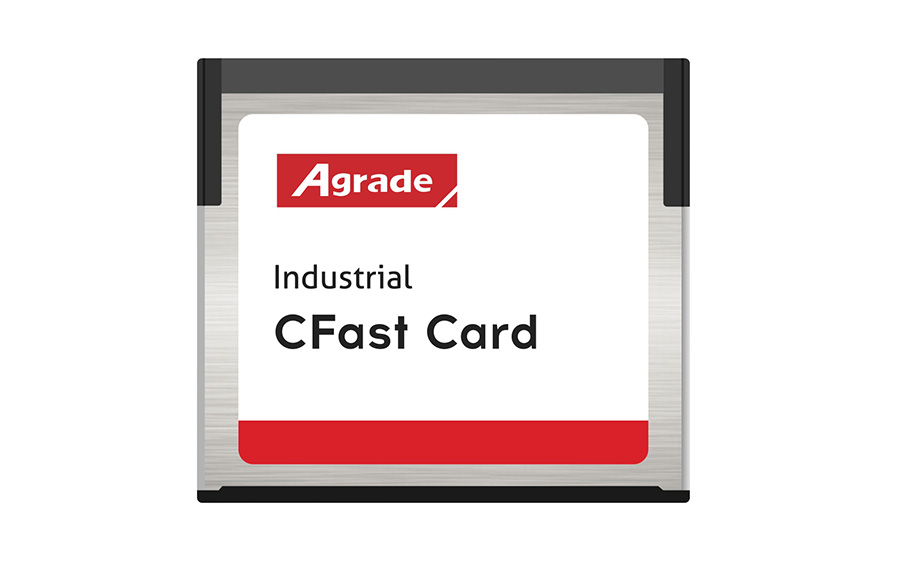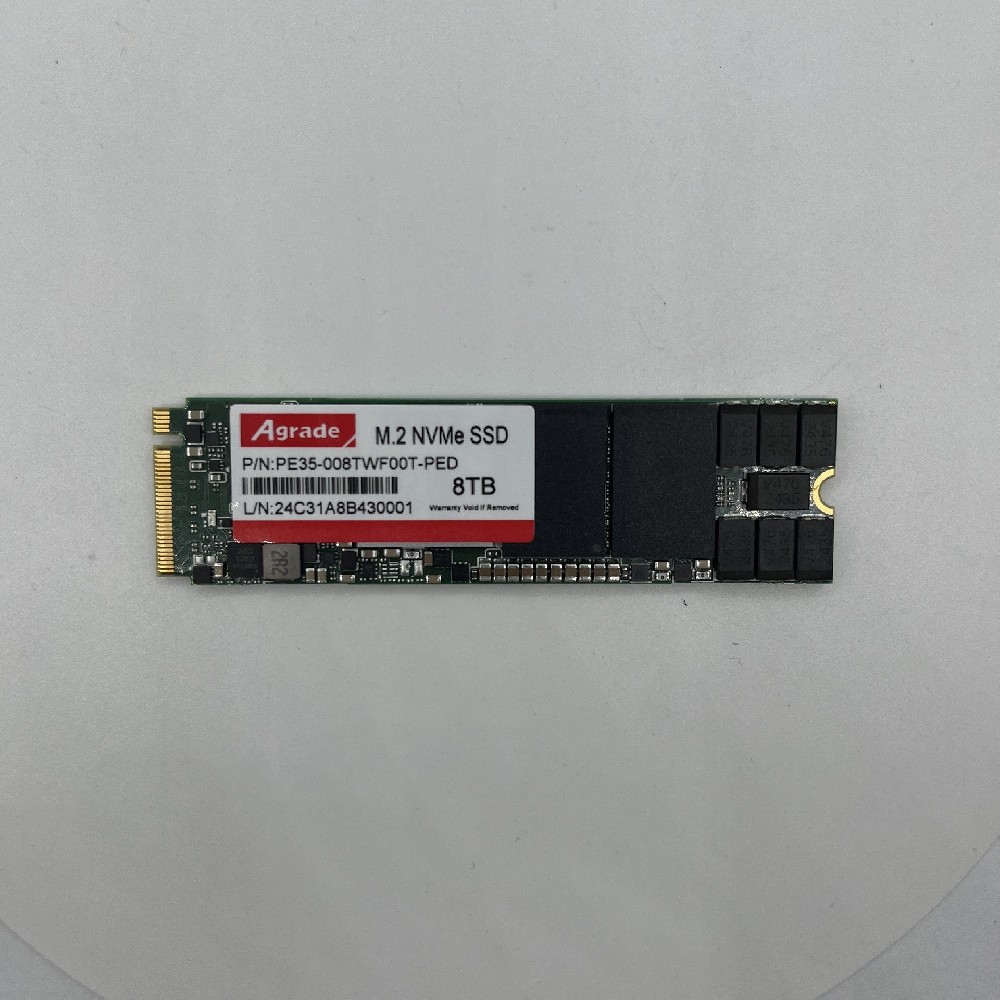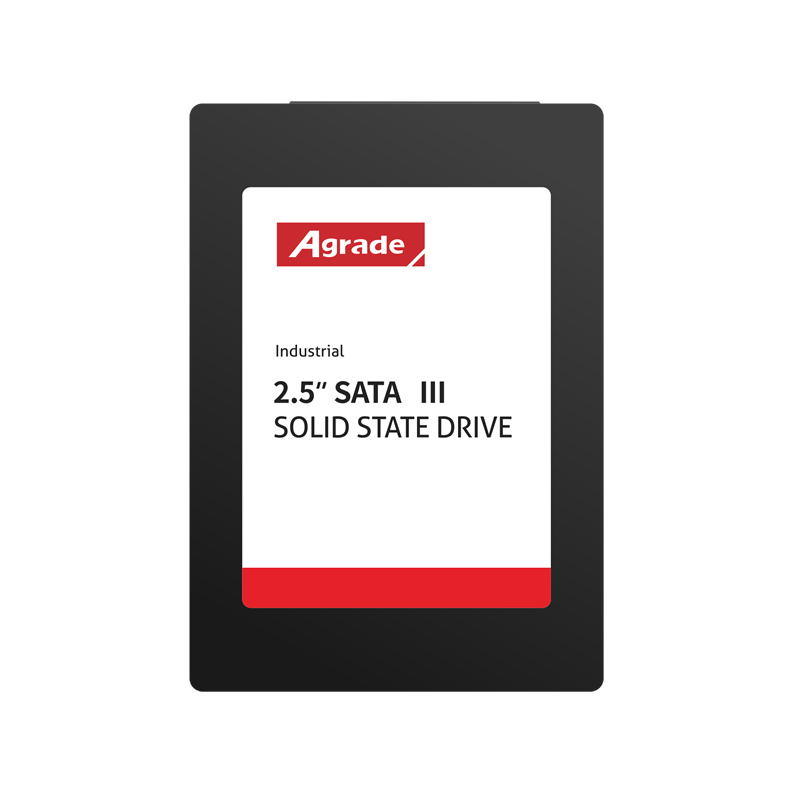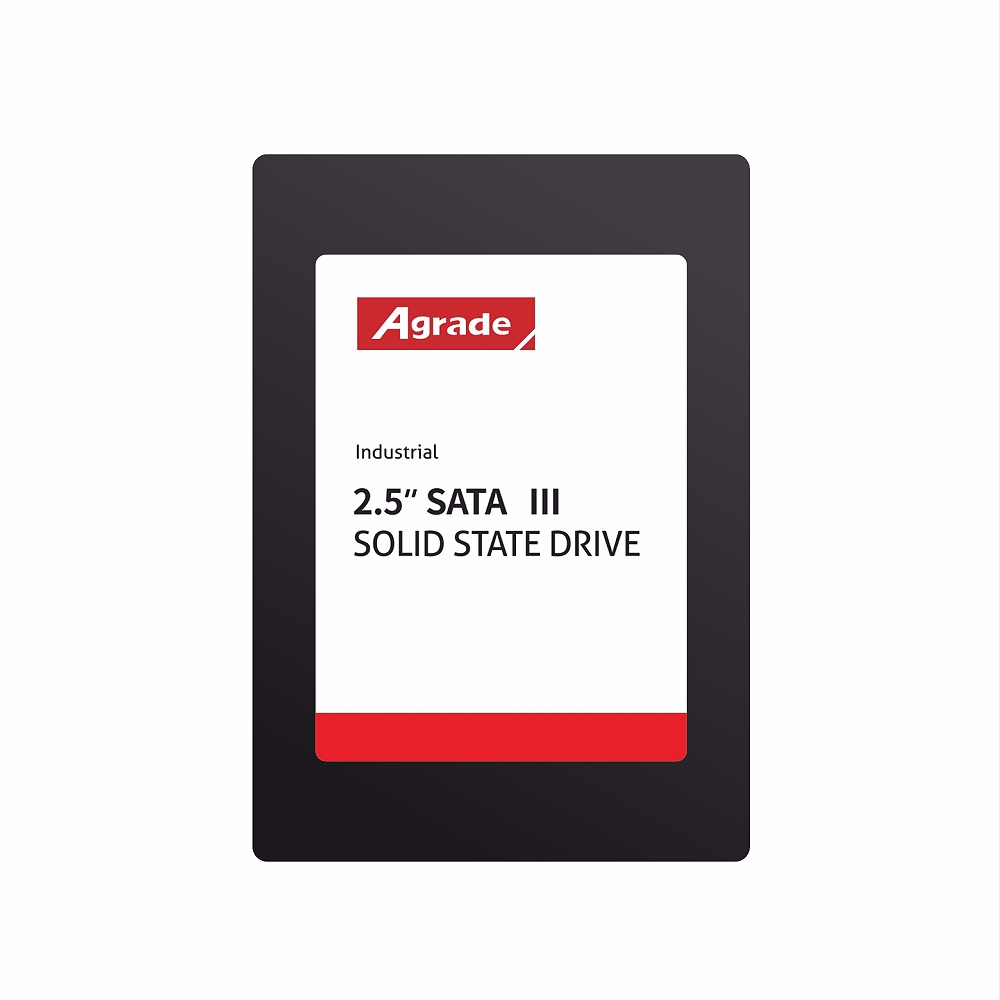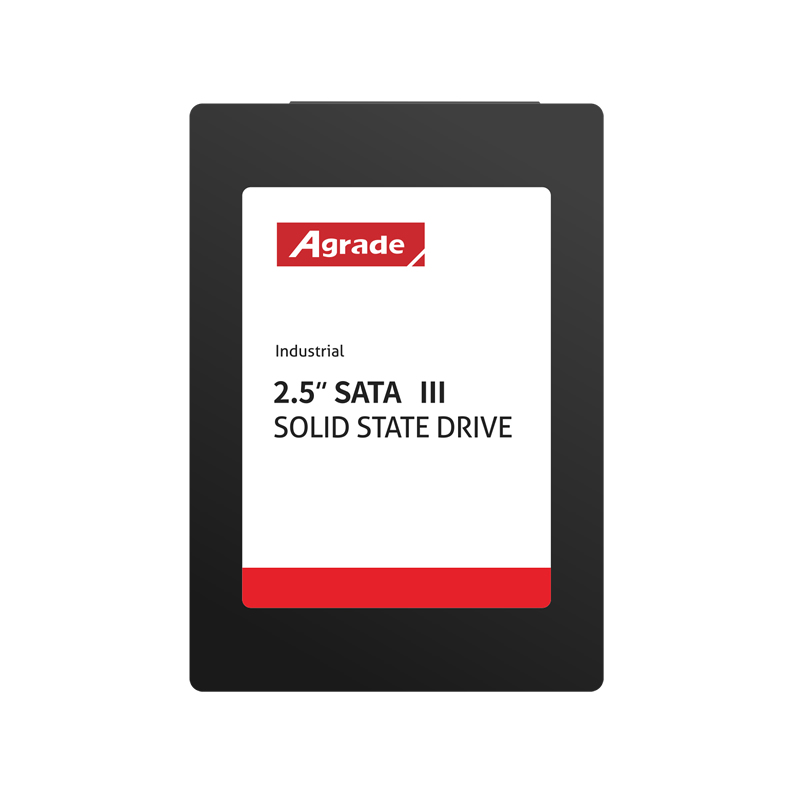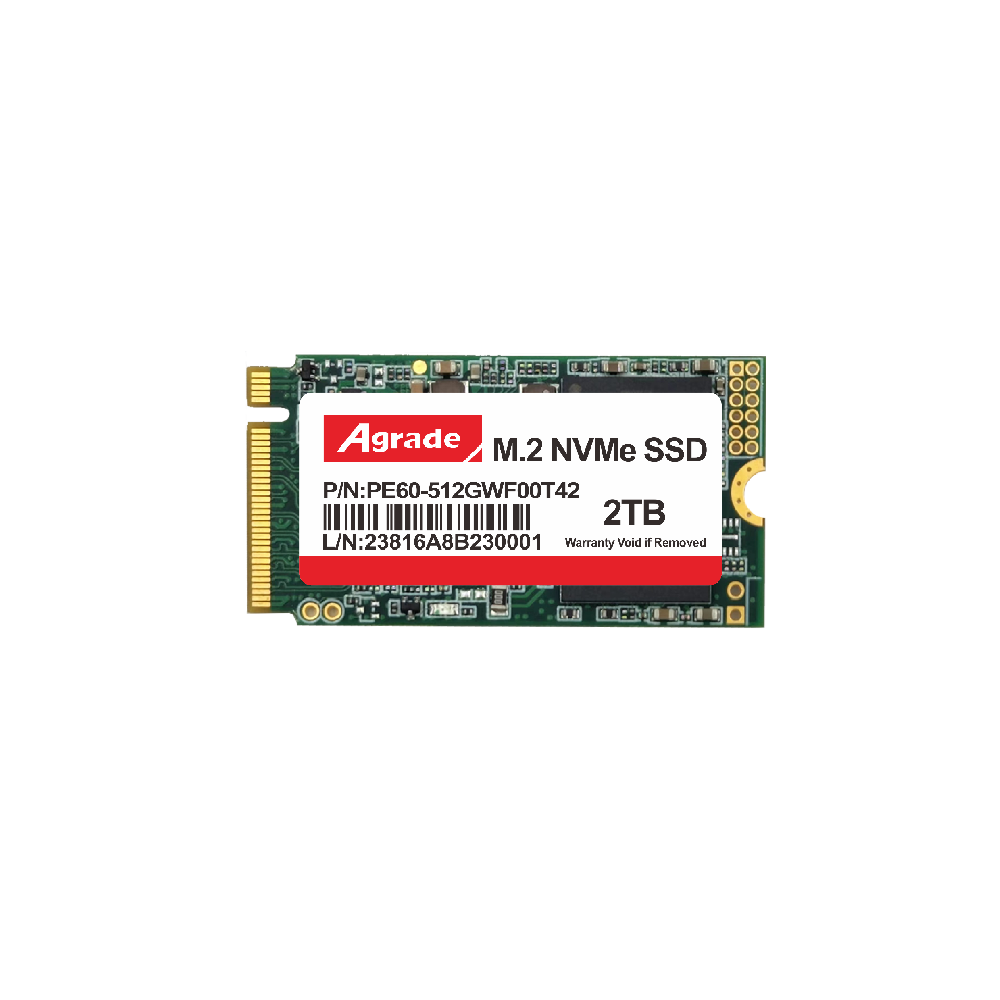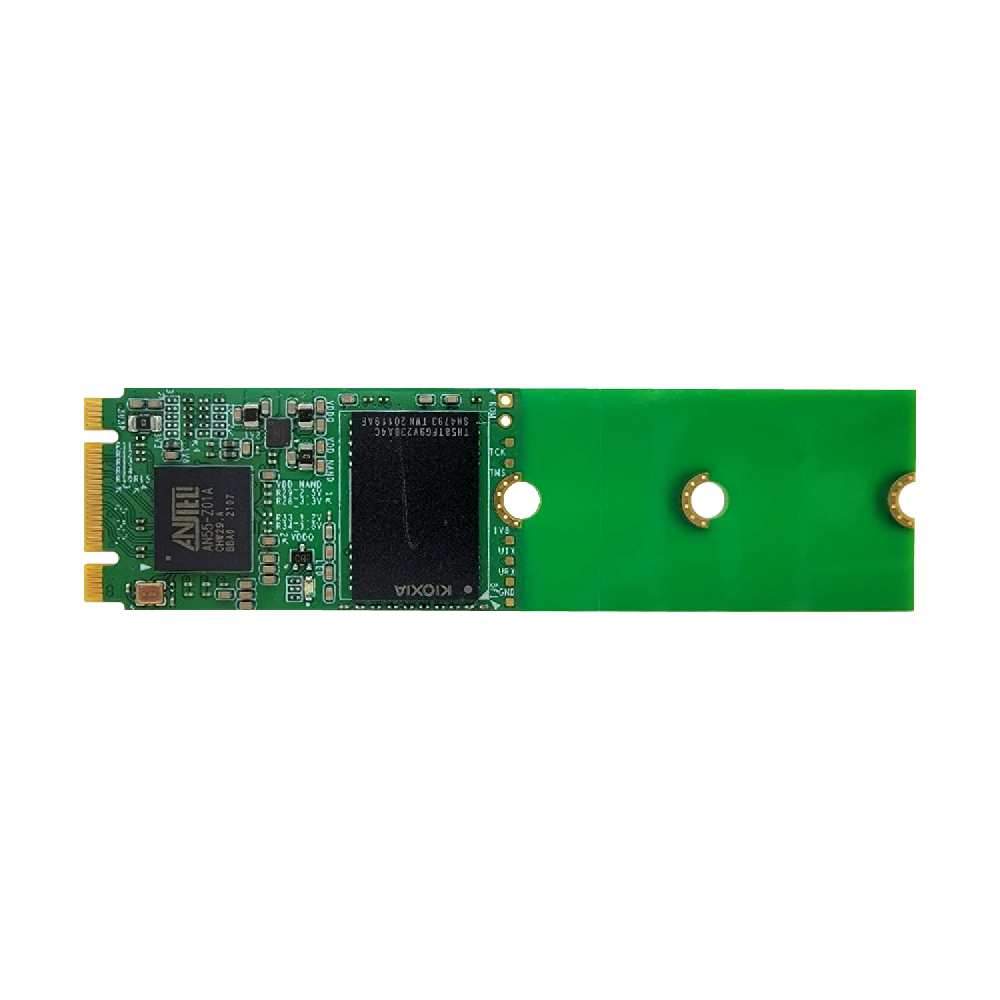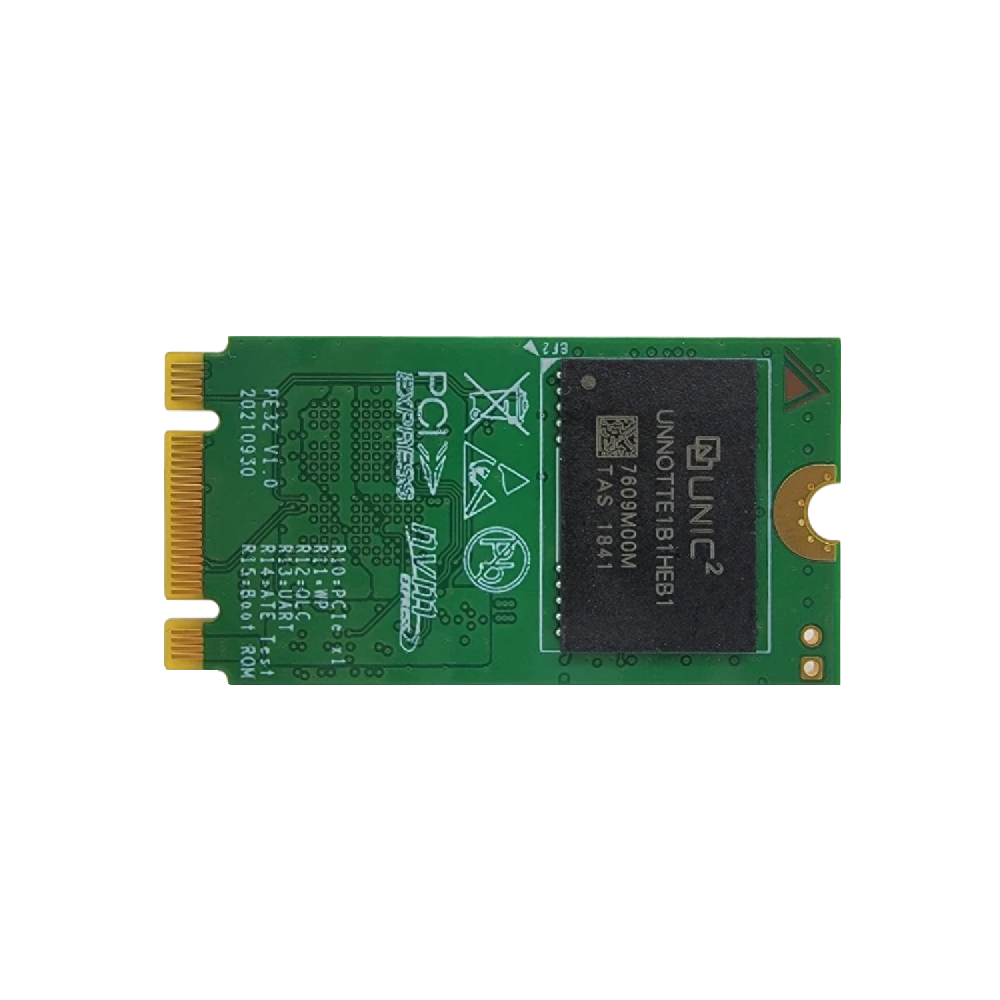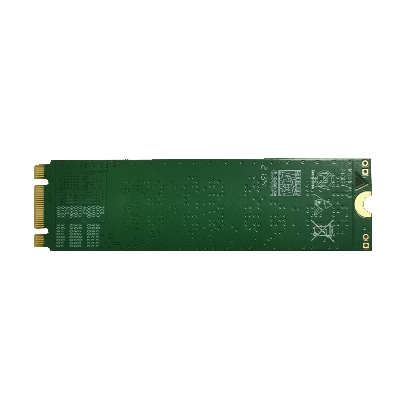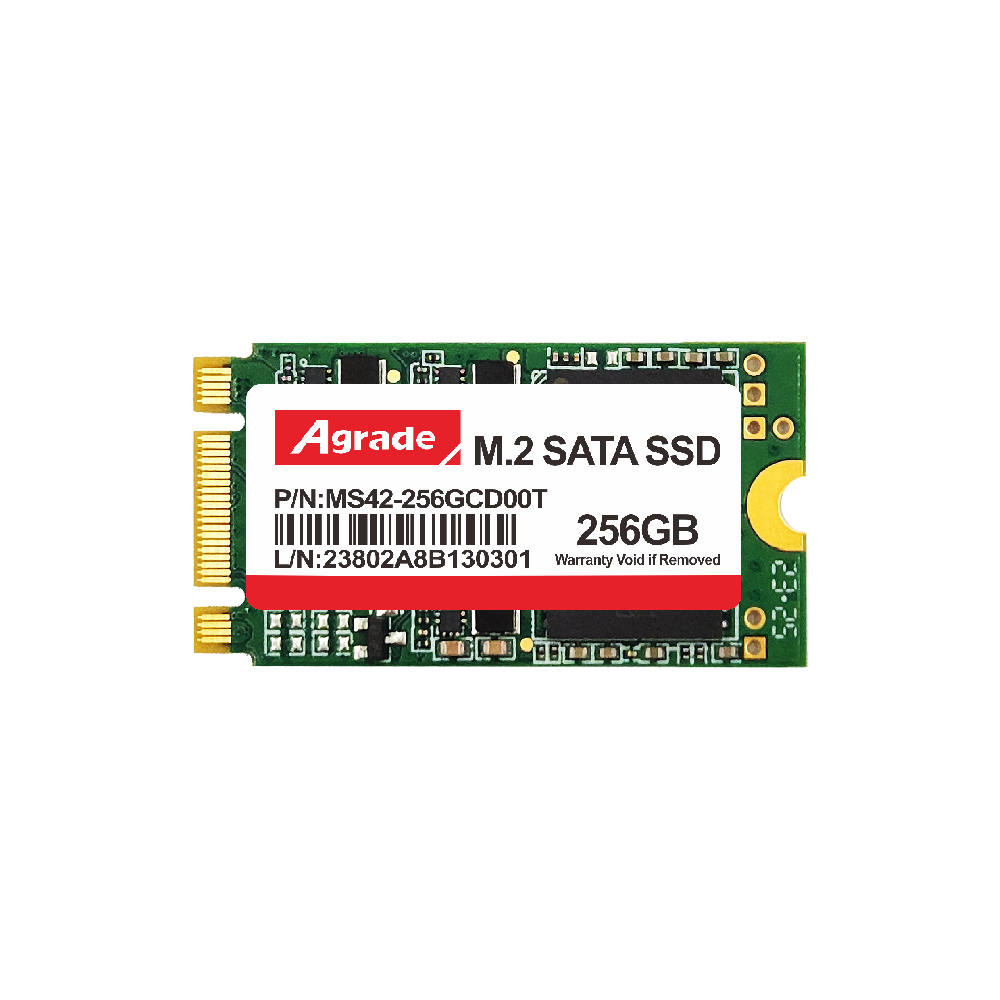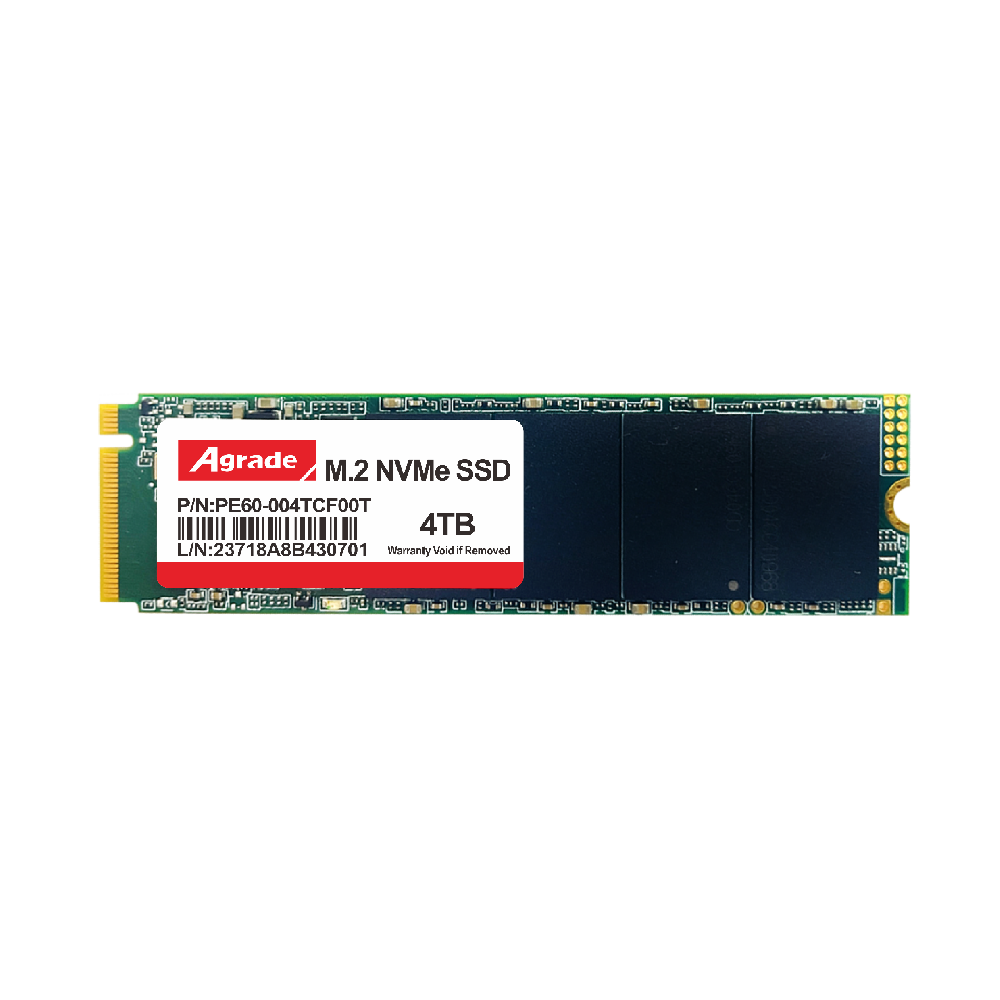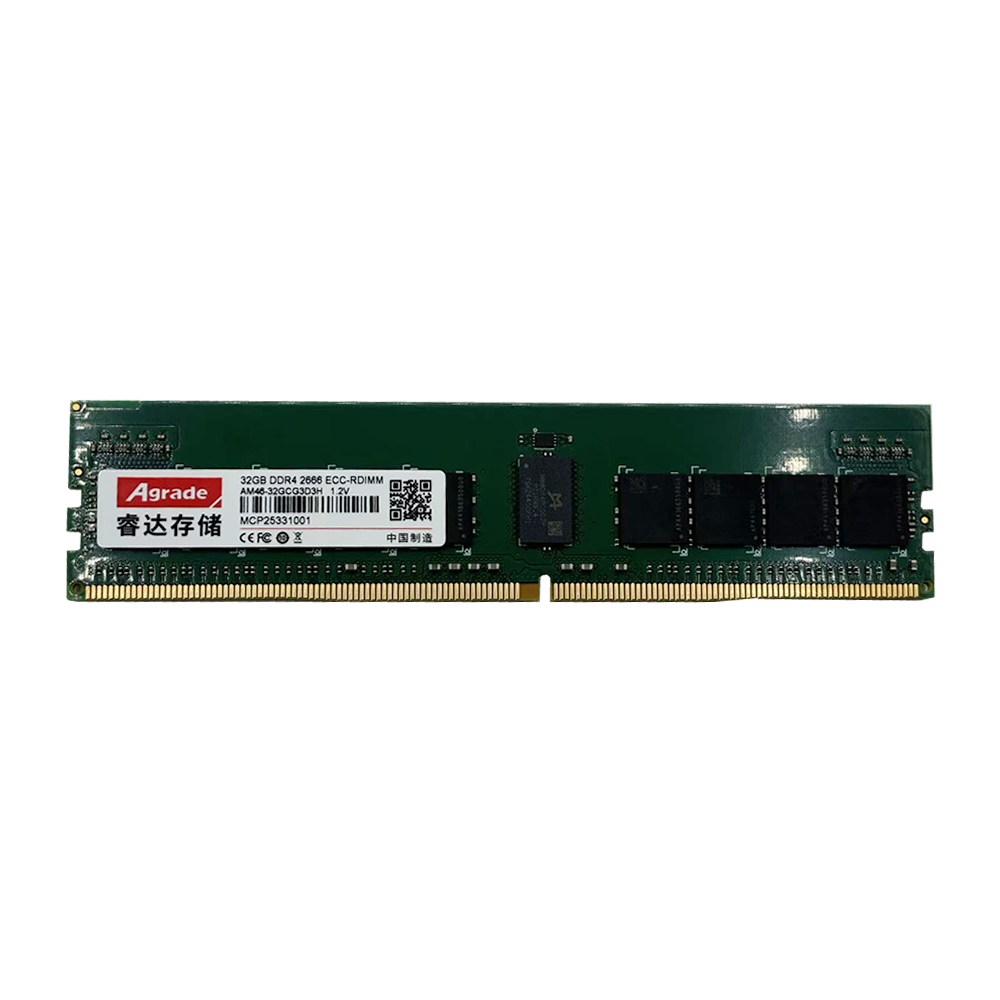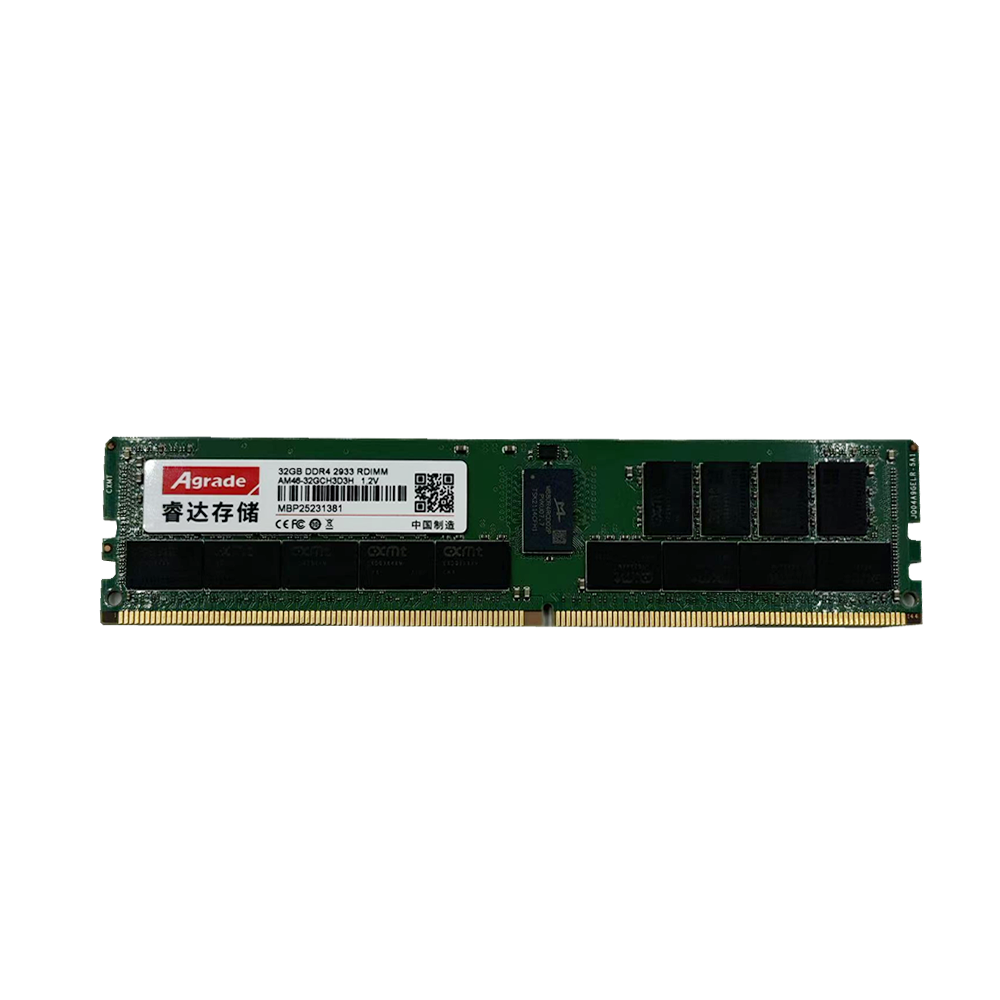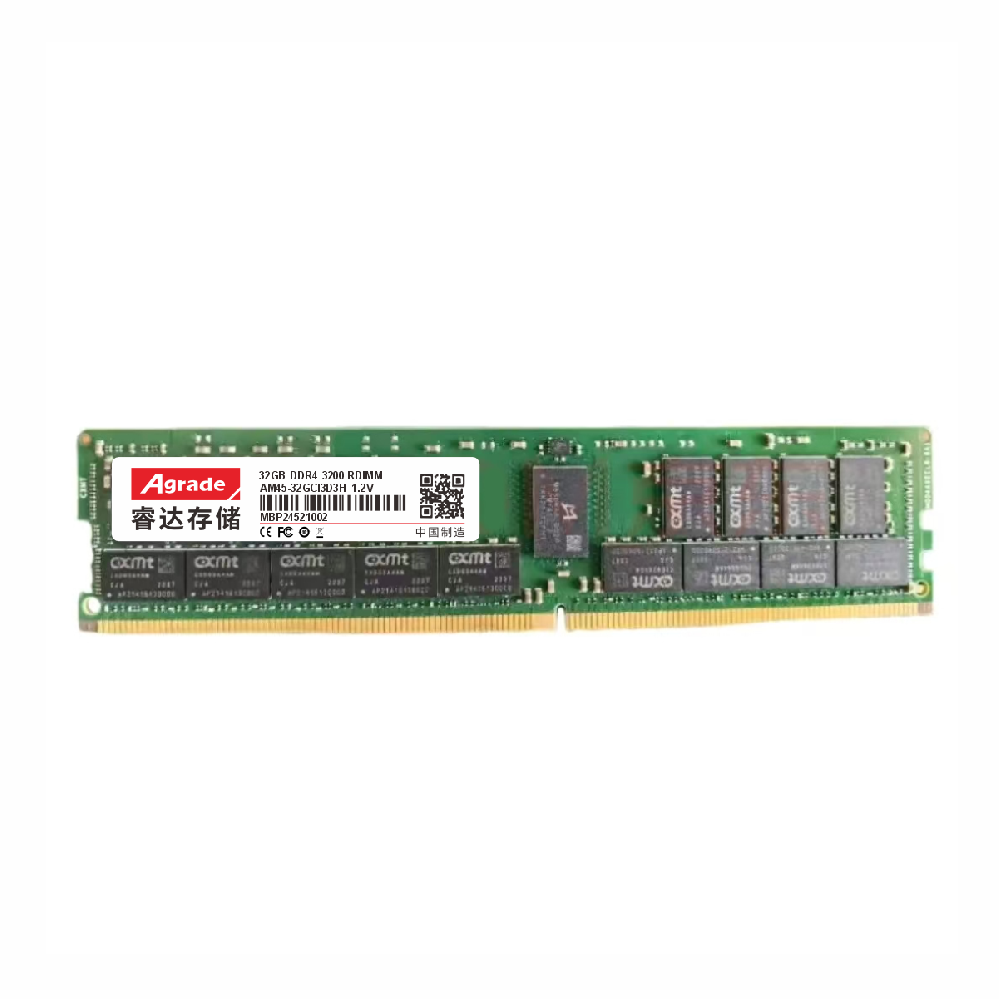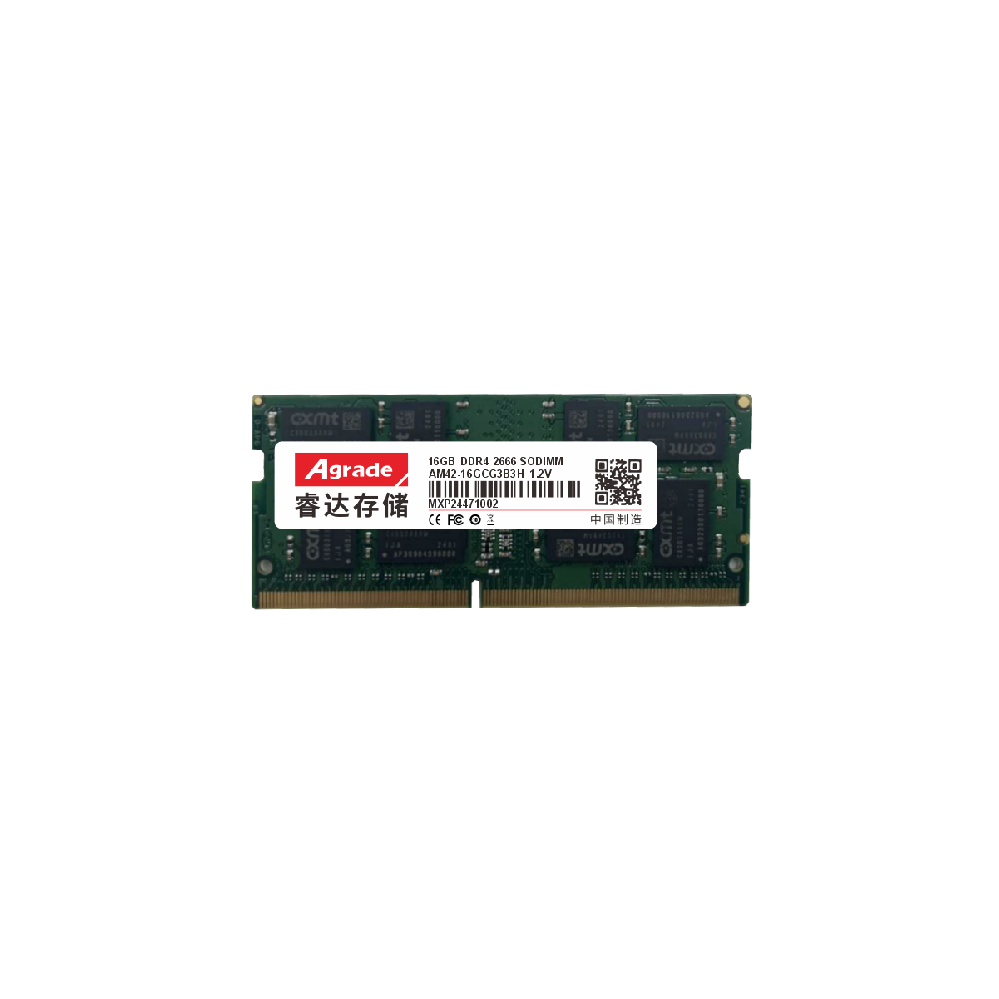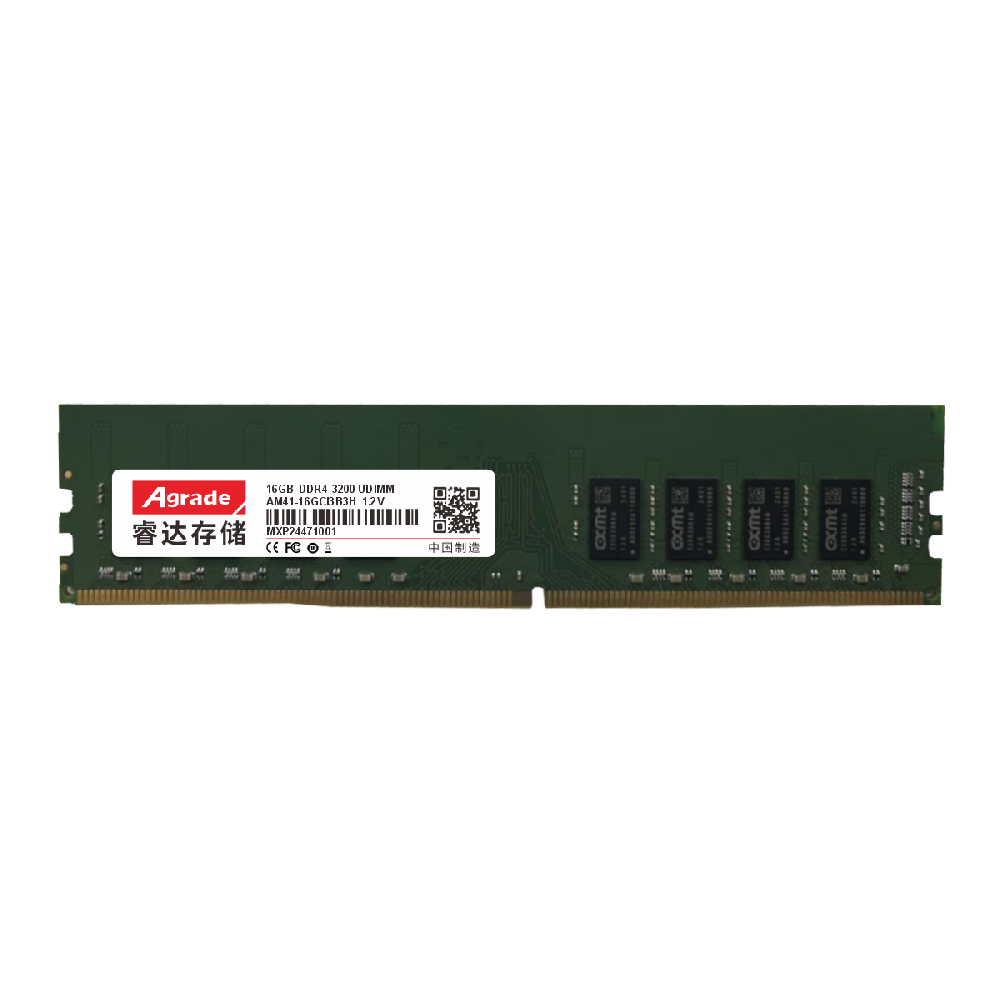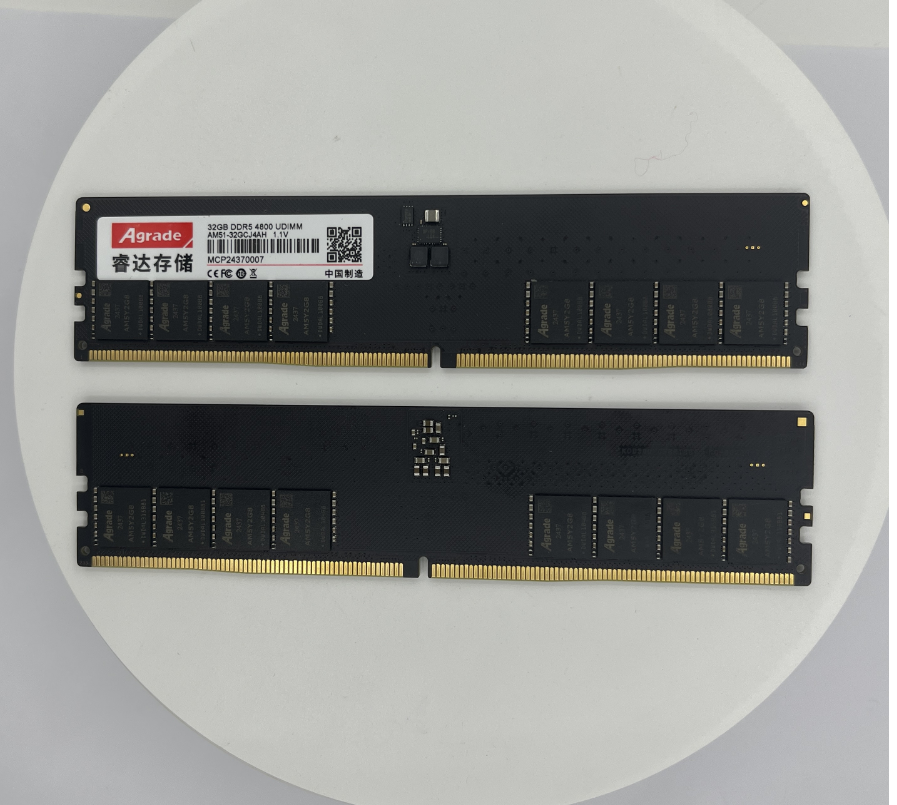

News
 电商部
电商部  2025-09-26 18:53:01
2025-09-26 18:53:01 Solid State Drives (SATA, mSATA, and SSD): Differences, Features, Advantages, Disadvantages, and App
In the field of data storage technology, solid-state drives (SSDs) have gradually replaced traditional mechanical hard drives (HDDs) with their high speed, low latency, and durability. Among the numerous interface standards for SSDs, SATA, mSATA, and standard SSDs (usually referring to SATA/PCIe interface SSDs with 2.5-inch or M.2 form) each have their own advantages, with significant differences in design, performance, and application scenarios.
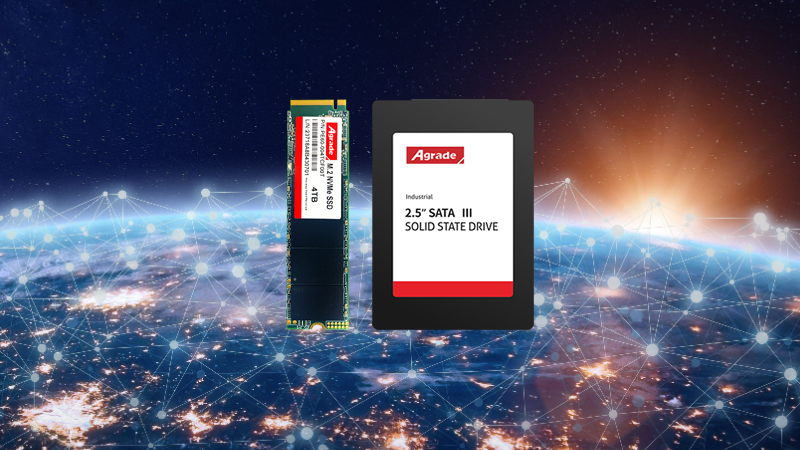
SATA Solid State Drive
SATA solid state drive is the most common type, which uses a standard SATA interface and is compatible with most modern computer motherboards. The main advantage of SATA SSD lies in its wide compatibility and mature technology. Due to the existence of the SATA interface for many years, almost all operating systems and motherboards natively support it, making SATA SSDs very convenient to install and use. In addition, SATA SSDs are usually more affordable than SSDs that use more advanced interfaces, making them suitable for users with limited budgets.
However, the disadvantage of SATA SSDs is that their performance is limited by interface bandwidth. The theoretical maximum transfer speed of SATA 3.0 interface is 6Gbps (about 750MB/s), which is far beyond traditional HDD, but may not be sufficient in applications that pursue ultimate performance.
MSATA Solid State Drive
MSATA solid state drive is a miniaturized version of SATA interface designed specifically for devices with limited space. The size of mSATA SSD is only a fraction of that of traditional SATA SSD, making it very suitable for embedding into laptops, tablets, and other compact devices. MSATA SSDs not only maintain wide compatibility with SATA interfaces, but also provide performance and reliability similar to standard SATA SSDs.
However, the disadvantage of mSATA SSDs is that their market is gradually shrinking. With the popularity of M.2 interface (a smaller and more flexible SSD interface), there are fewer and fewer new products with mSATA interface, which may be replaced by M.2 SSD in the future. In addition, the transfer speed of mSATA SSDs is also limited by the bandwidth of the SATA interface.
Standard SSD (SATA/PCIe interface)
The standard SSD referred to here usually refers to SSDs in 2.5-inch or M.2 form, which can use SATA or PCIe interfaces. SATA interface SSDs are similar to the SATA SSDs mentioned above, while PCIe interface SSDs have higher performance. PCIe SSDs are directly connected to CPUs through PCIe buses, providing higher bandwidth and lower latency, allowing data transfer speeds to far exceed SATA interfaces.
The advantage of standard SSDs lies in their high performance and wide range of application scenarios. Whether it's a desktop, laptop, or server, standard SSDs can provide excellent performance and reliability. However, PCIe SSDs are usually priced higher than SATA SSDs and require the motherboard to support PCIe interfaces.
Application scenarios
SATA SSDs are suitable for users with limited budgets and low performance requirements, such as daily use of personal computers and storage of large amounts of files. MSATA SSD is more suitable for devices with limited space, such as ultra-thin laptops and tablets. Standard SSDs (especially PCIe interfaces) are more suitable for applications that require high-performance storage, such as gaming, video editing, database servers, etc.
In summary, SATA, mSATA, and standard SSD each have their own characteristics and advantages, and users should weigh their needs and budget when choosing.

